
A Life Transformed: Georgia Teen’s Journey to a Future Without Blood Transfusions
For fifteen-year-old Josh, hospitals were never just places of healing — they were a part of life. Every three weeks, like clockwork, he would sit through blood transfusions that kept him alive. It became his normal: sterile rooms, the quiet beep of monitors, and needles as familiar as pencils in a schoolbag. While other kids planned weekends, joined soccer teams, and ran freely at recess, Josh lived a life carefully scheduled around hospital visits.
Born with beta thalassemia, a rare and inherited blood disorder, Josh’s body couldn't produce enough healthy red blood cells to sustain him. Without regular transfusions, he would face severe anemia, organ damage, and eventually death. From infancy, his condition dictated every part of his world — not just his, but his family’s as well.
“He never complained,” recalls his adoptive mother. “Even when he was little and didn’t fully understand what was happening, he just... endured. But it was always hard knowing that he couldn’t live the carefree life a child deserves.”
Josh’s life changed forever at the age of five, when he was adopted. His new family embraced him completely, determined to give him love, stability, and the best medical care available. Yet despite their dedication, one painful truth lingered: a cure required a bone marrow transplant — ideally from a perfectly matched sibling. For Josh, no such match existed. Transfusions remained the only option.
Until science caught up.
A New Possibility Emerges
Years later, a door finally opened. At the Aflac Cancer and Blood Disorders Center at Children’s Healthcare of Atlanta, Josh was offered the chance to become the first patient in the state of Georgia to undergo gene therapy for beta thalassemia — a revolutionary approach that could free him from the endless cycle of transfusions.
“This was more than medicine,” says Josh’s mom. “It was the first time we’d ever dared to believe he could have a life that wasn’t controlled by his condition.”
The procedure was nothing short of cutting-edge. Doctors began by harvesting Josh’s own stem cells, which were then genetically modified in a lab to correct the defective gene responsible for his condition. These engineered cells were then reintroduced into his body, with the goal of enabling his bone marrow to begin producing healthy, functional red blood cells on its own.
If successful, it would mean Josh could generate his own blood — no more transfusions, no more dependence on external sources to survive. For the first time, the possibility of a permanent solution was real.
The Science of a Second Chance
Gene therapy has been a dream for decades. But only in recent years has it become a practical, safe treatment for select conditions. In beta thalassemia, the process targets the genetic mutation that prevents hemoglobin from forming properly. Scientists use viral vectors to insert corrected genes into the patient’s stem cells — creating a durable, long-term change from within.
Dr. Jeanne Boudreaux, who has cared for Josh since his arrival in the United States, reflects on the momentous nature of his treatment.
“Josh has faced enormous challenges since day one,” she explains. “But his spirit — his resilience — has always been unmatched. To see him undergo this groundbreaking therapy, to witness how far science has come, is nothing short of extraordinary.”
Josh’s successful transplant is more than a personal victory — it is a proof of concept. It shows that gene therapy can offer viable solutions for patients previously limited by the absence of a suitable bone marrow donor. It’s not just a treatment; it’s a paradigm shift in how we understand and manage lifelong genetic conditions.
A Family’s Hope Realized
For Josh’s parents, the news of the therapy’s success brought a flood of emotions — relief, disbelief, and overwhelming gratitude.
“We spent so many years managing his care, planning every trip, every activity around his transfusions,” his mom says. “Now, the calendar is wide open. There’s room for dreams, for spontaneity. It’s like watching him become a new person.”
Before the procedure, Josh couldn’t go more than a few weeks without intervention. Now, he’s months into his post-transplant life without a single transfusion. His body is creating red blood cells — his red blood cells — on its own.
It’s a miracle made possible by years of research, the dedication of medical teams, and the courage of a teenage boy who never gave up.
Life Beyond the Hospital Walls
The difference in Josh is palpable. No longer tethered to transfusion schedules, he’s discovering what it means to live freely. He talks about joining the school band, playing sports, maybe even traveling one day. He doesn’t have to explain why he missed class or why he’s tired again after a hospital visit. For the first time, he’s experiencing what most kids take for granted — just being a kid.
“I didn’t realize how much energy I was missing,” Josh says. “Now I wake up and I’m not exhausted. I can hang out with my friends without worrying about anything.”
His family watches him with awe and pride, embracing the joy of simple things: a full day at school, a sleepover with friends, a weekend without medical appointments.
A Breakthrough with Global Impact

Josh’s story is personal, but its implications are global. There are tens of thousands of children and adults living with beta thalassemia worldwide, many without access to regular transfusions, let alone advanced gene therapy. Each successful procedure like Josh’s expands what’s possible for others — especially those without a matched donor.
Gene therapy is still costly and complex, but the more success stories emerge, the closer we get to making it accessible to all. Josh’s case is a milestone not just for Georgia, but for the world of pediatric hematology. It’s a signal to researchers, policymakers, and families: the future is here, and it works.
Looking Ahead
Today, Josh is not just surviving — he is thriving. He still goes in for check-ups and monitoring, but the rhythm of his life has changed completely. He’s thinking about his future — about high school, maybe college, a career. These were once abstract dreams, but now they feel possible, even likely.
His story is one of transformation — of science meeting courage, of medicine meeting heart.
“We always believed in Josh,” Dr. Boudreaux says. “Now, he gets to believe in himself — in a future full of possibilities.”
Josh’s Story Is a Beacon of Hope
For families navigating beta thalassemia or other chronic conditions, Josh’s breakthrough offers something priceless: hope. It shows that with innovation, compassion, and perseverance, even the most entrenched medical realities can be rewritten.
Josh is more than a patient. He is a pioneer — a living example of what’s possible when we dare to imagine a better future and put science to work in service of human life.
As he looks forward, no longer defined by transfusions or lab results, Josh carries the hopes of many. His journey is proof that a single life, transformed by science, can illuminate the path for countless others.
News in the same category

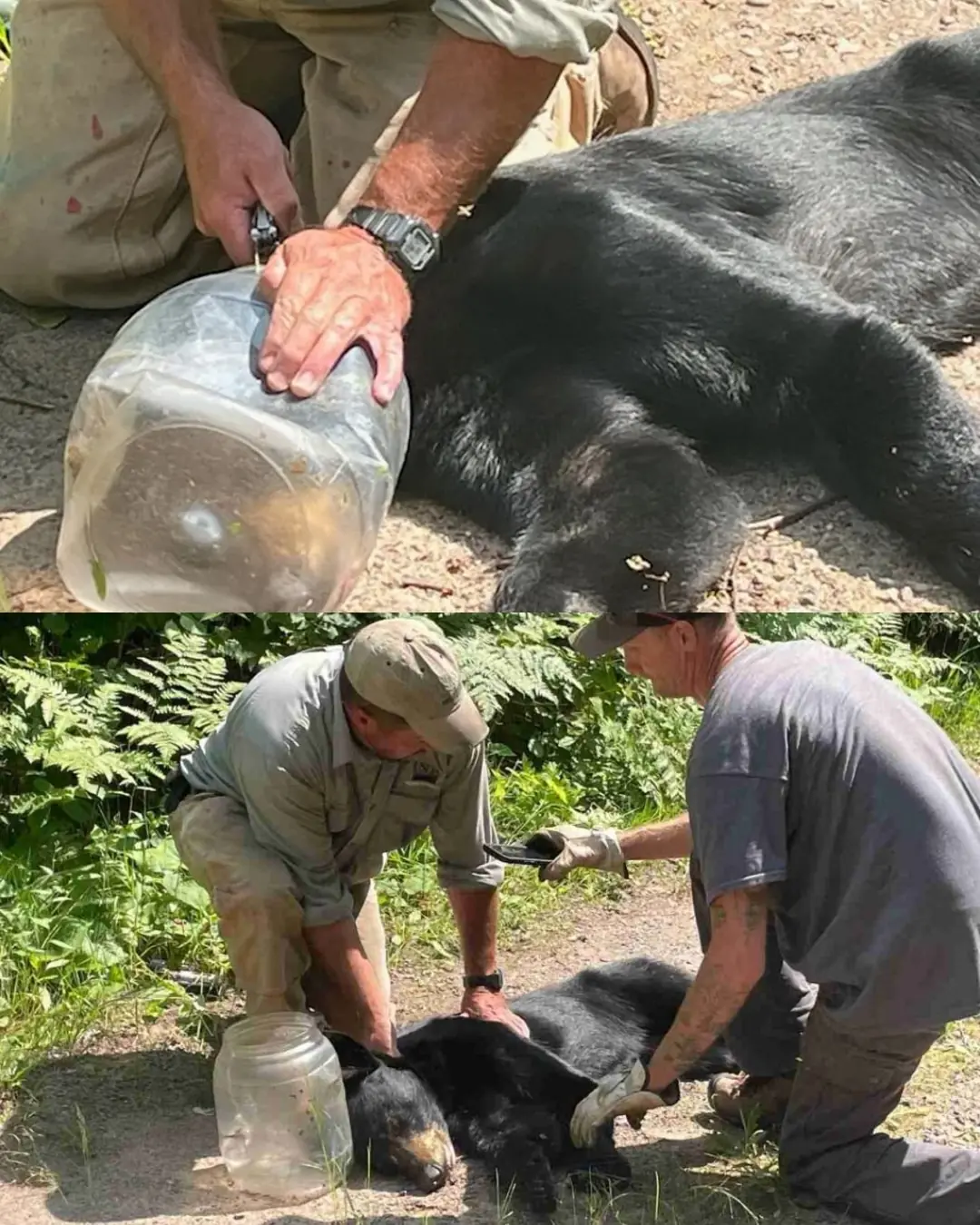
Wisconsin Black Bear Freed After Eight-Day Struggle with Plastic Jar on Her Head

From Tragedy to Triumph: Paralyzed Dog Ward Takes His First Steps Toward Recovery

Tennessee Trooper Stops Traffic to Save a Dying Dog
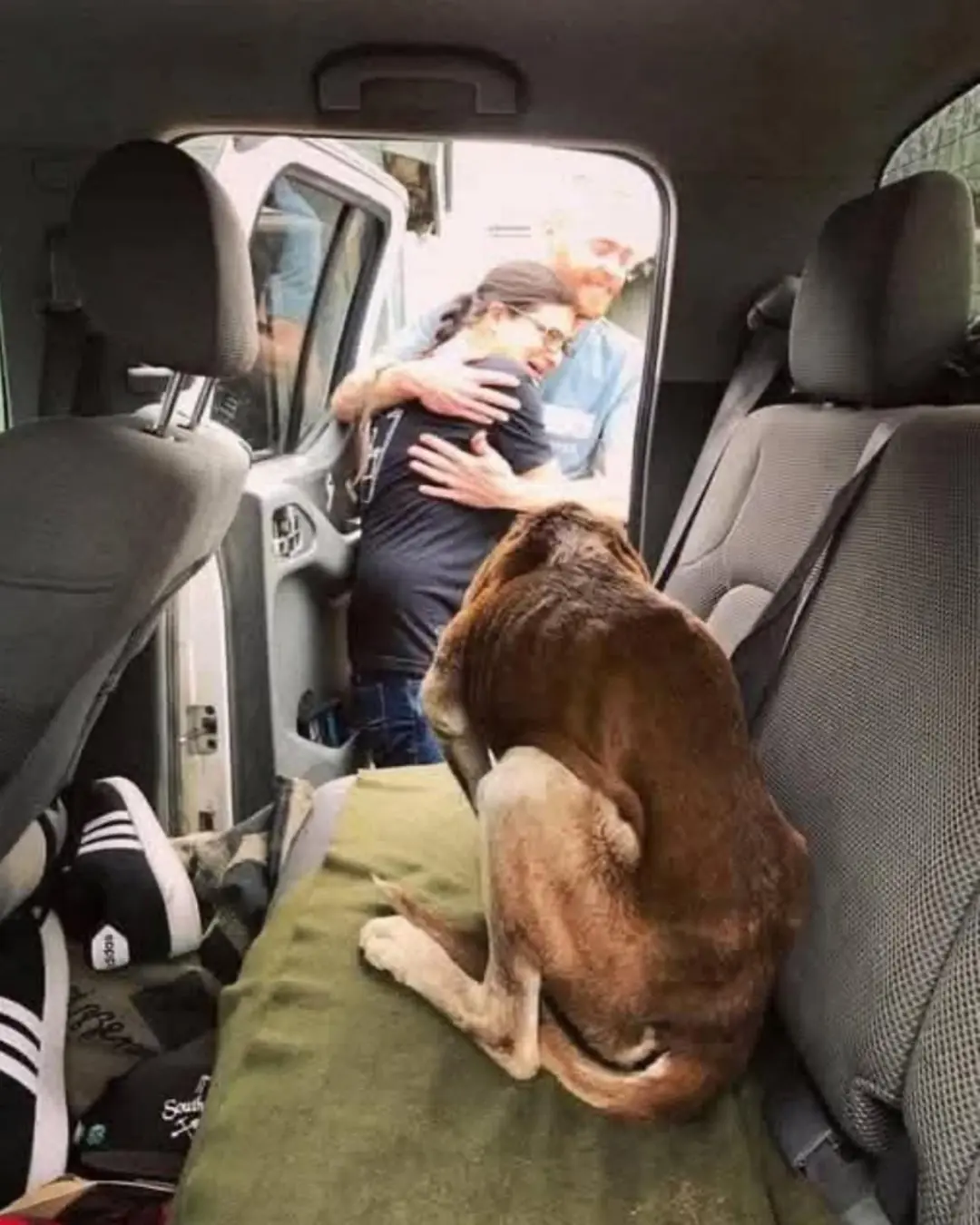
A Boy, a Cat, and a Moment That Stopped Time
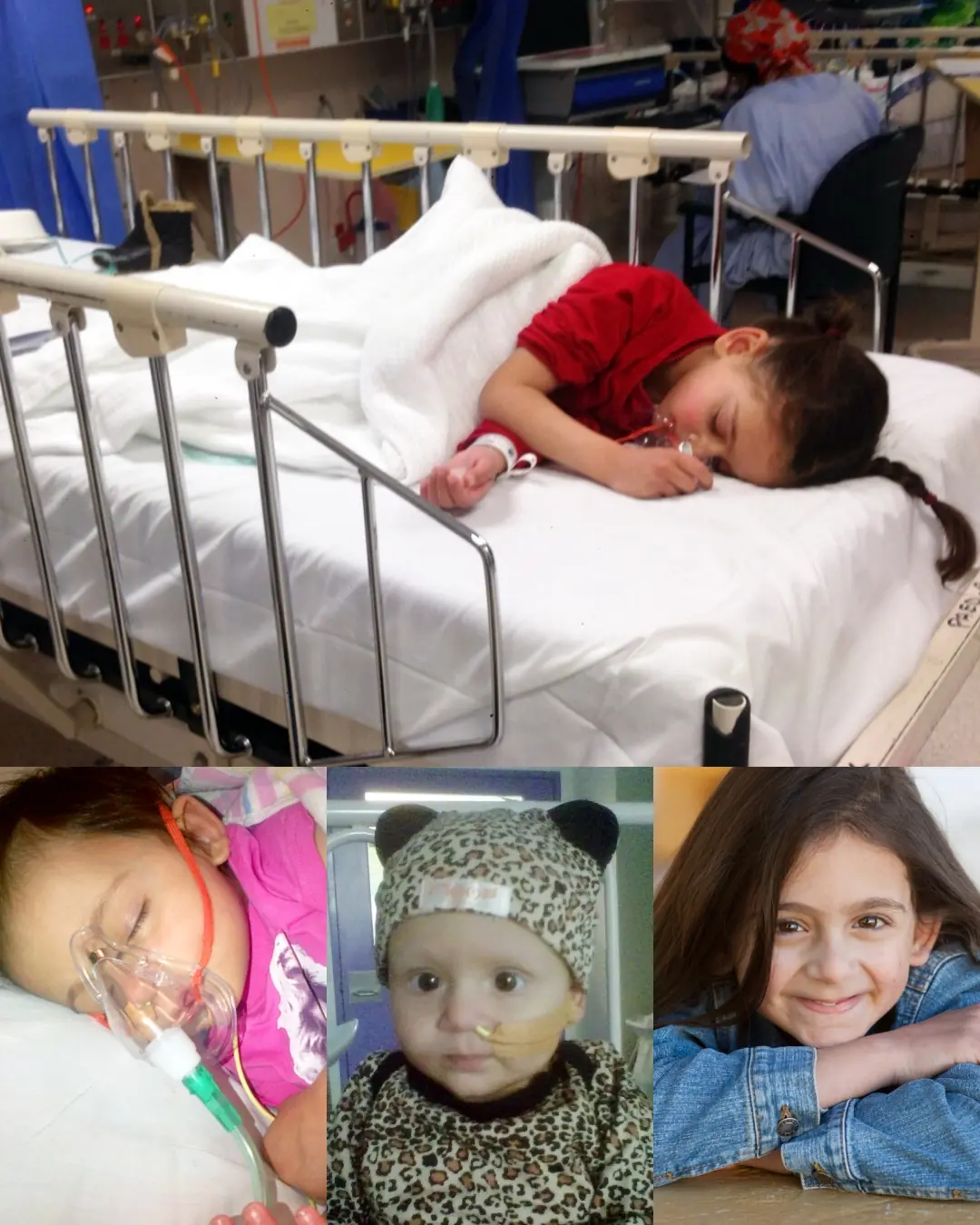
Lulu’s Brave Fight: A Family’s Journey Through High-Risk Neuroblastoma

From Crates to Couches: A Dog’s Second Chance.

A Brother’s Gift: Honoring Soldiers, Honoring Memory.
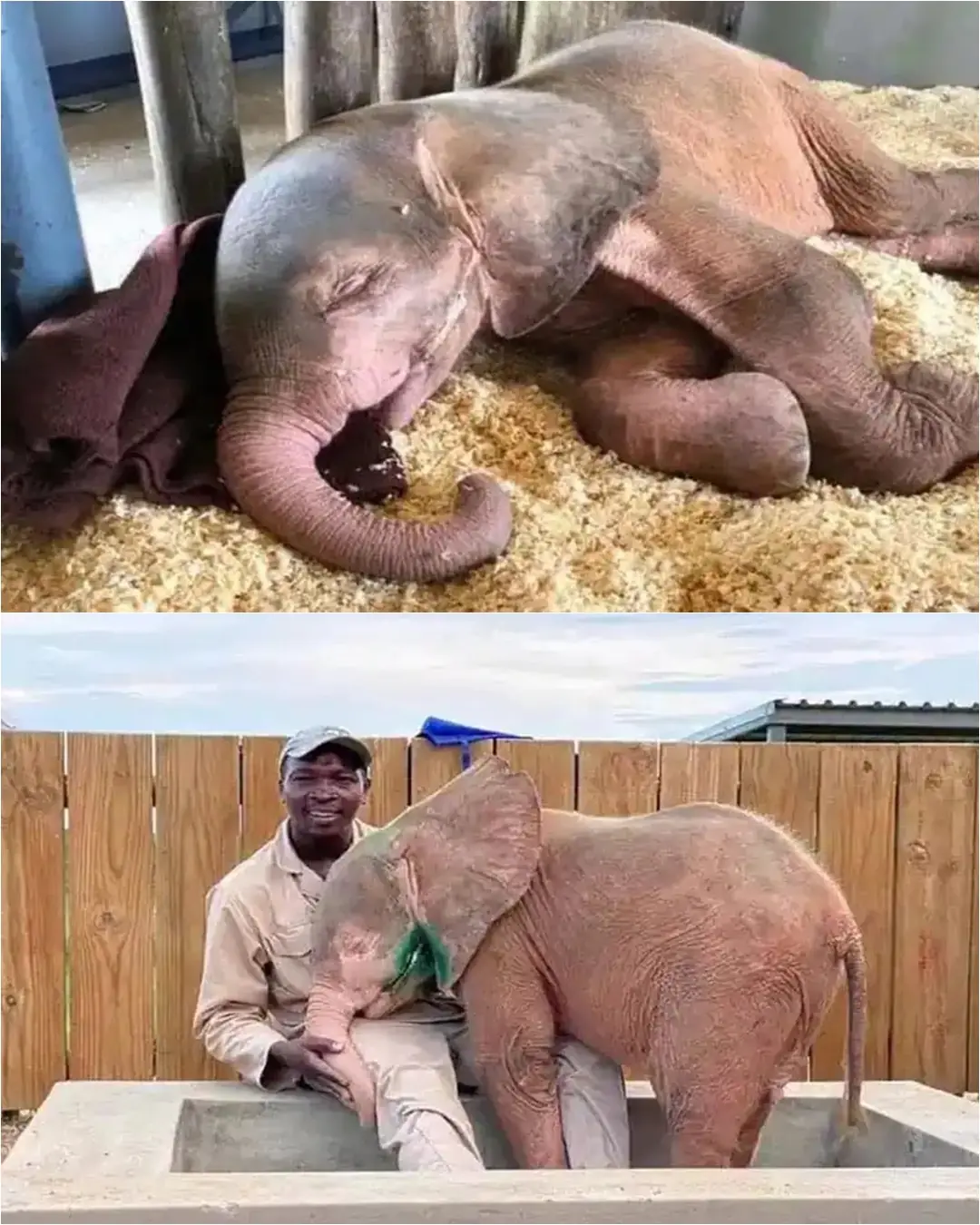
Khanyisa: The Albino Elephant Who Refused to Give Up.

A Girl, a Puppy, and the Arctic: The Enduring Story Behind an Iconic Photograph
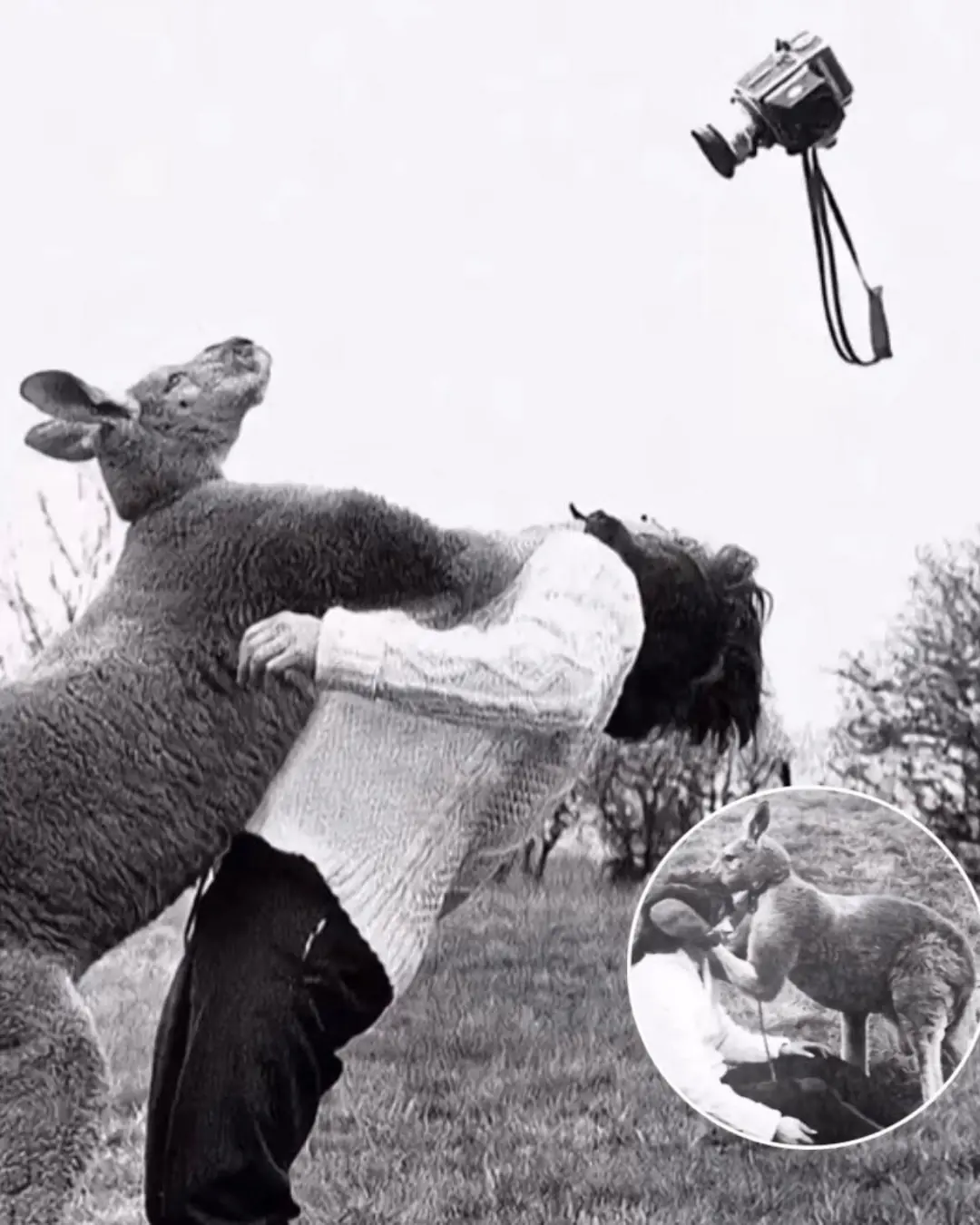
The Punch That Turned into a Paw: A Photographer’s Unlikely Moment with a Kangaroo
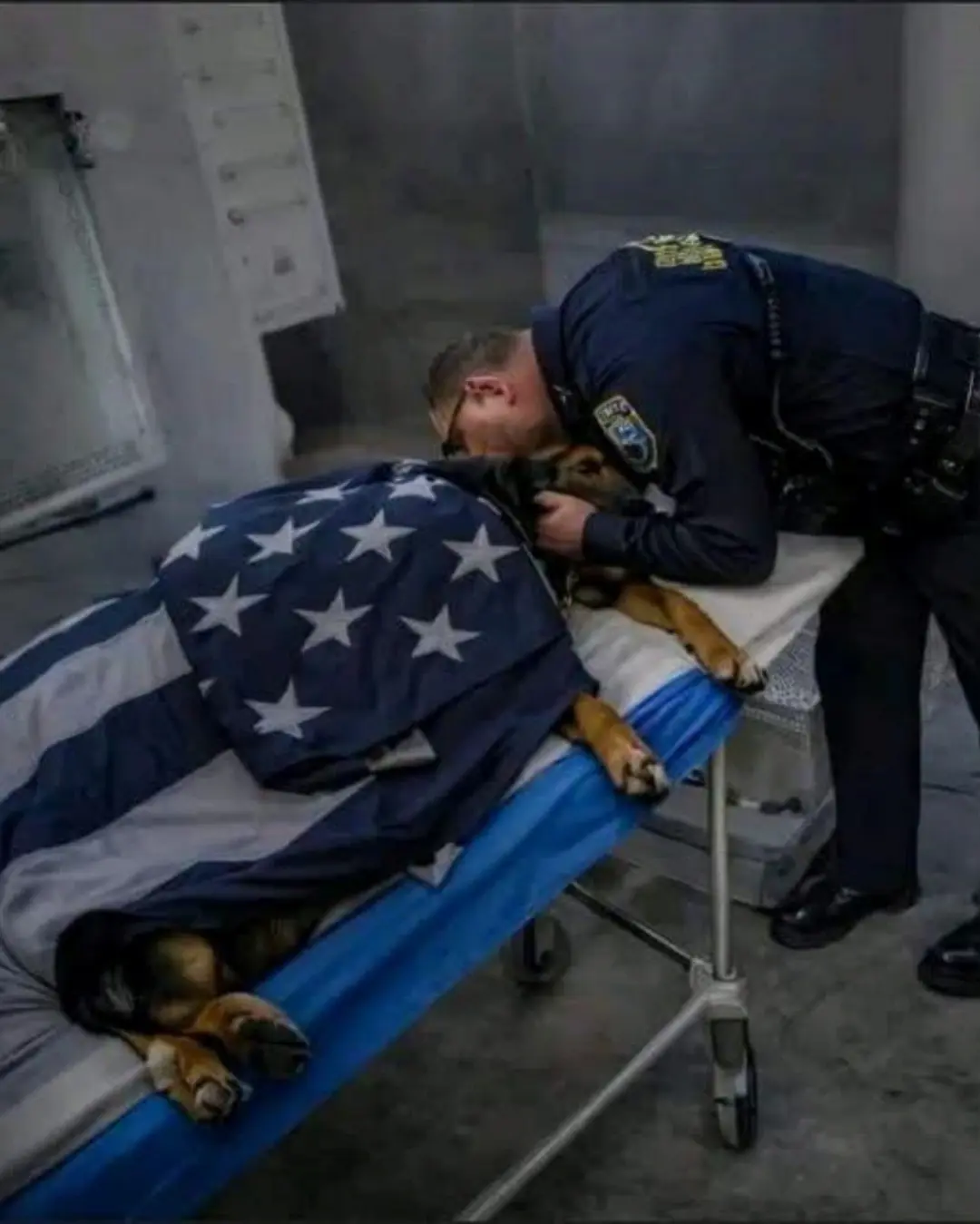
Tomorrow, a Community Says Goodbye to K9 King: A Four-Legged Hero Who Will Never Be Forgotten
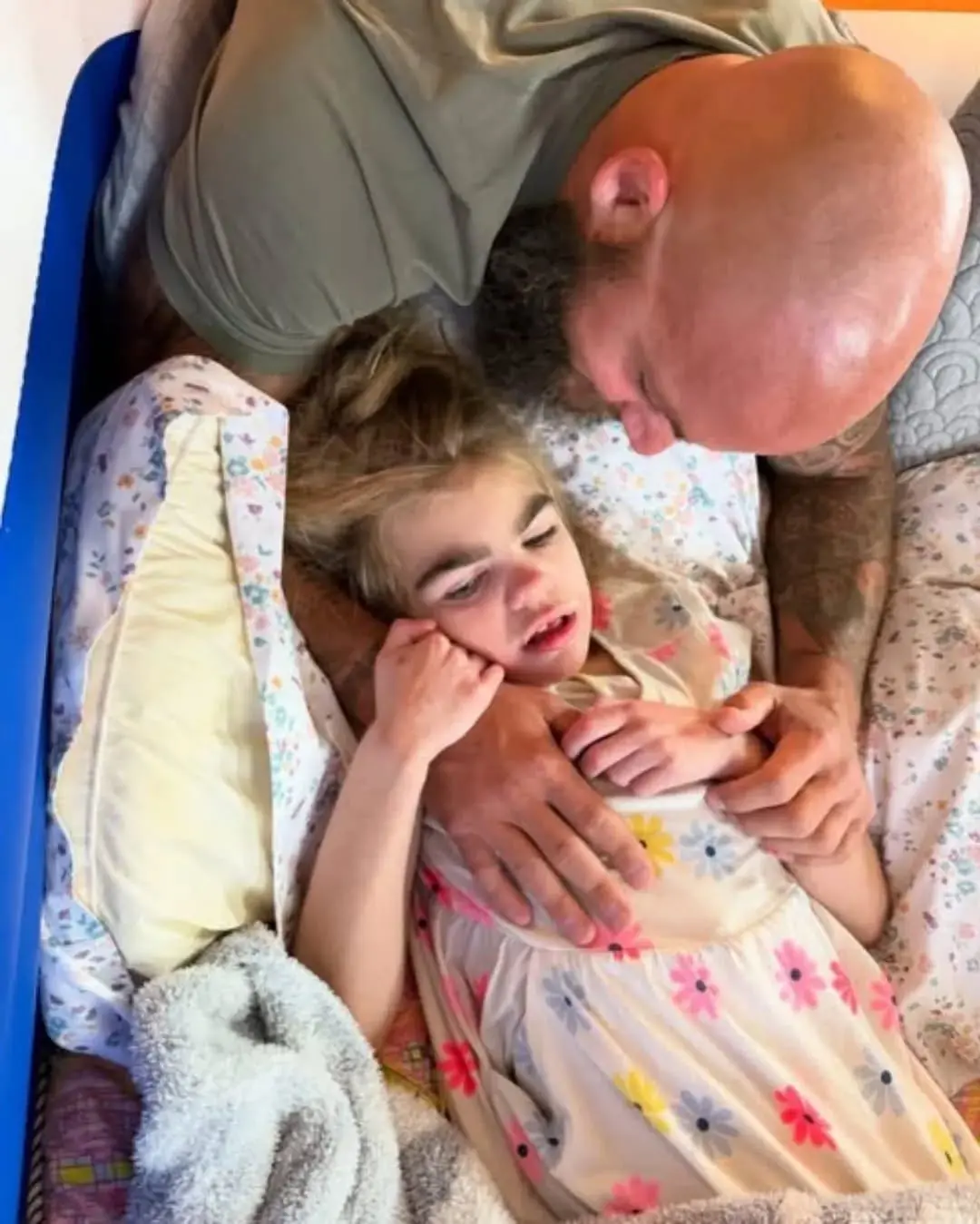
Daddy’s Girl: A Bond Beyond Time

When a Liger Met the Dolphins.
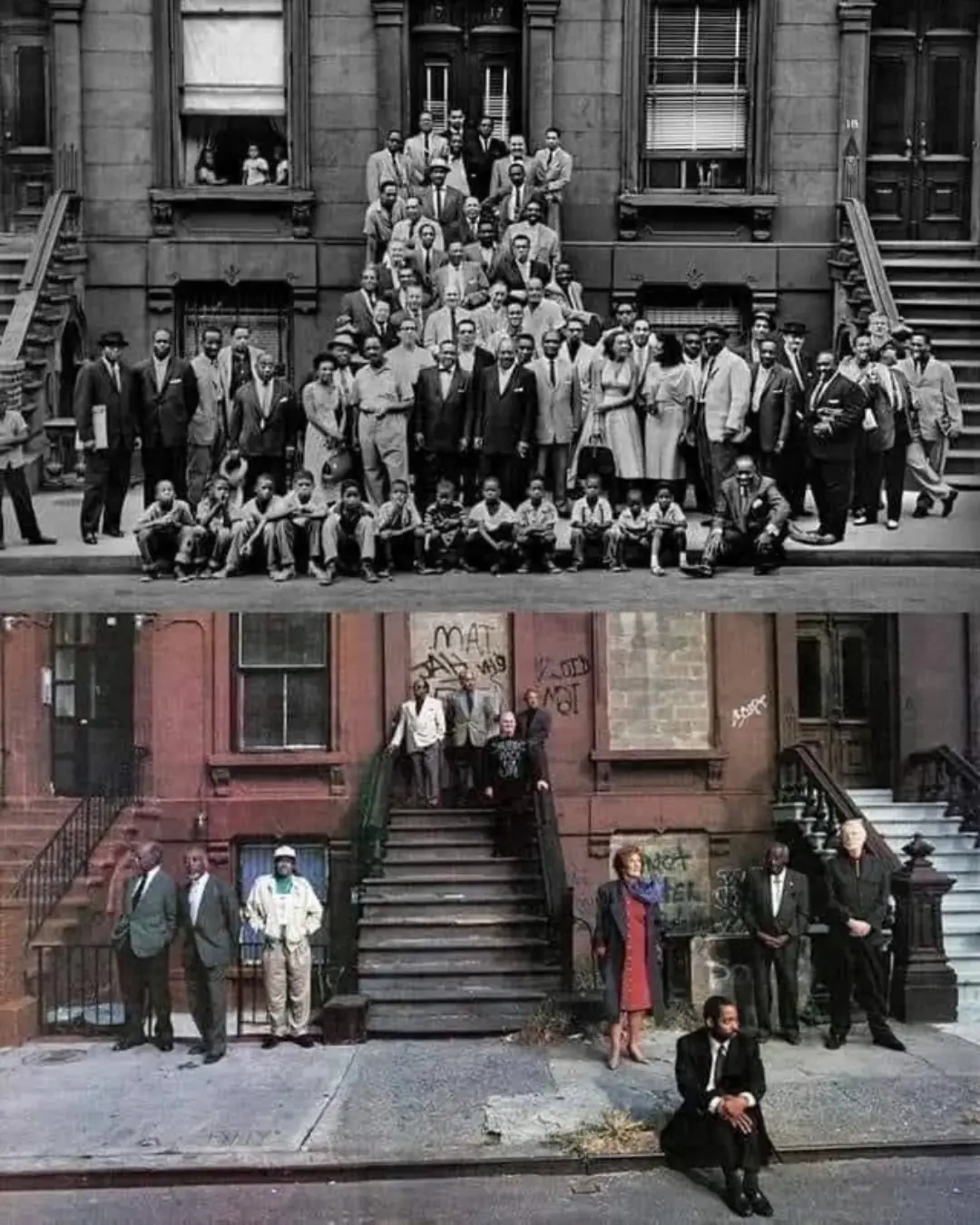
A Great Day in Harlem — and the Echo That Followed.
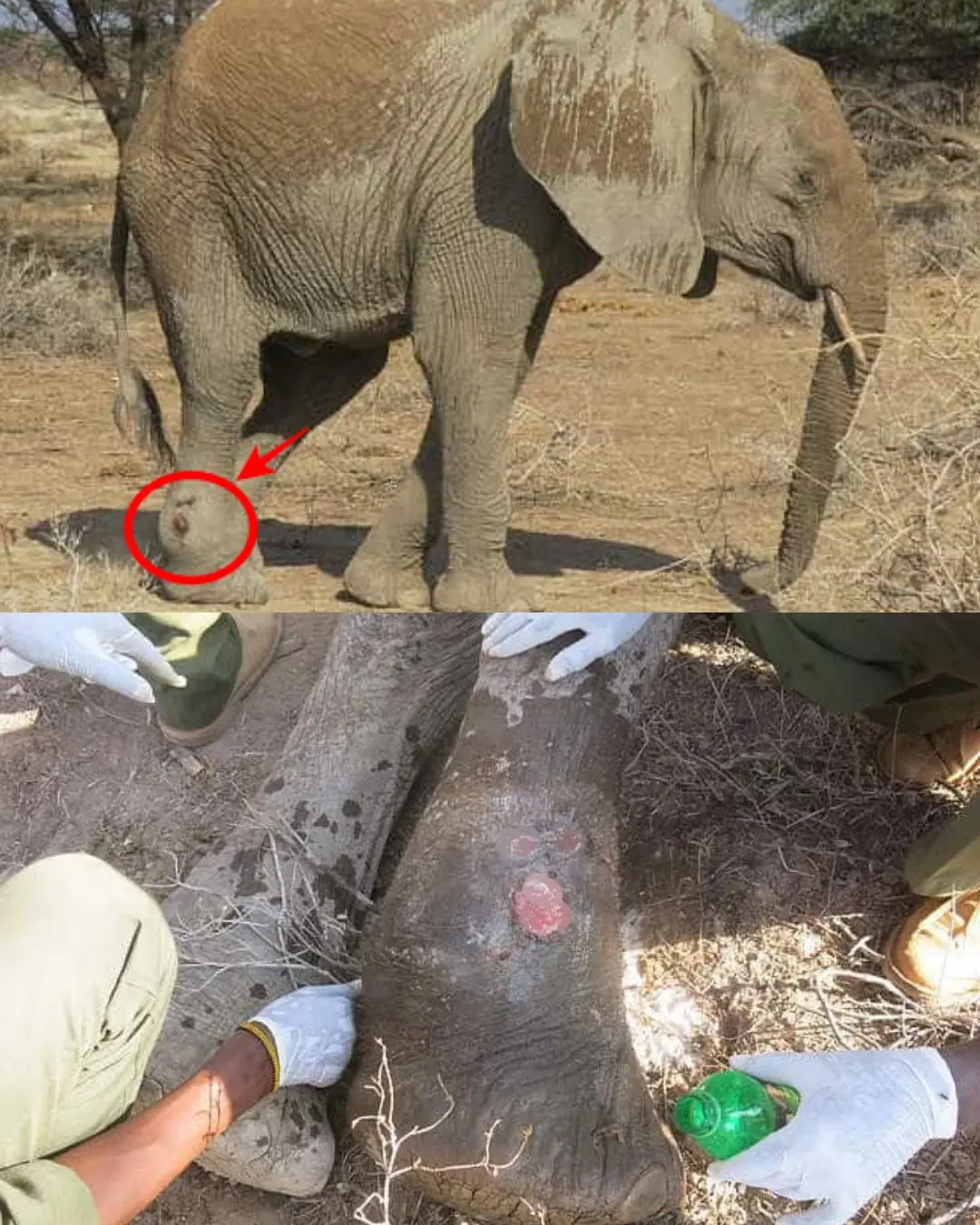
A Limping Giant’s Second Chance: The Young Elephant Who Refused to Fall.
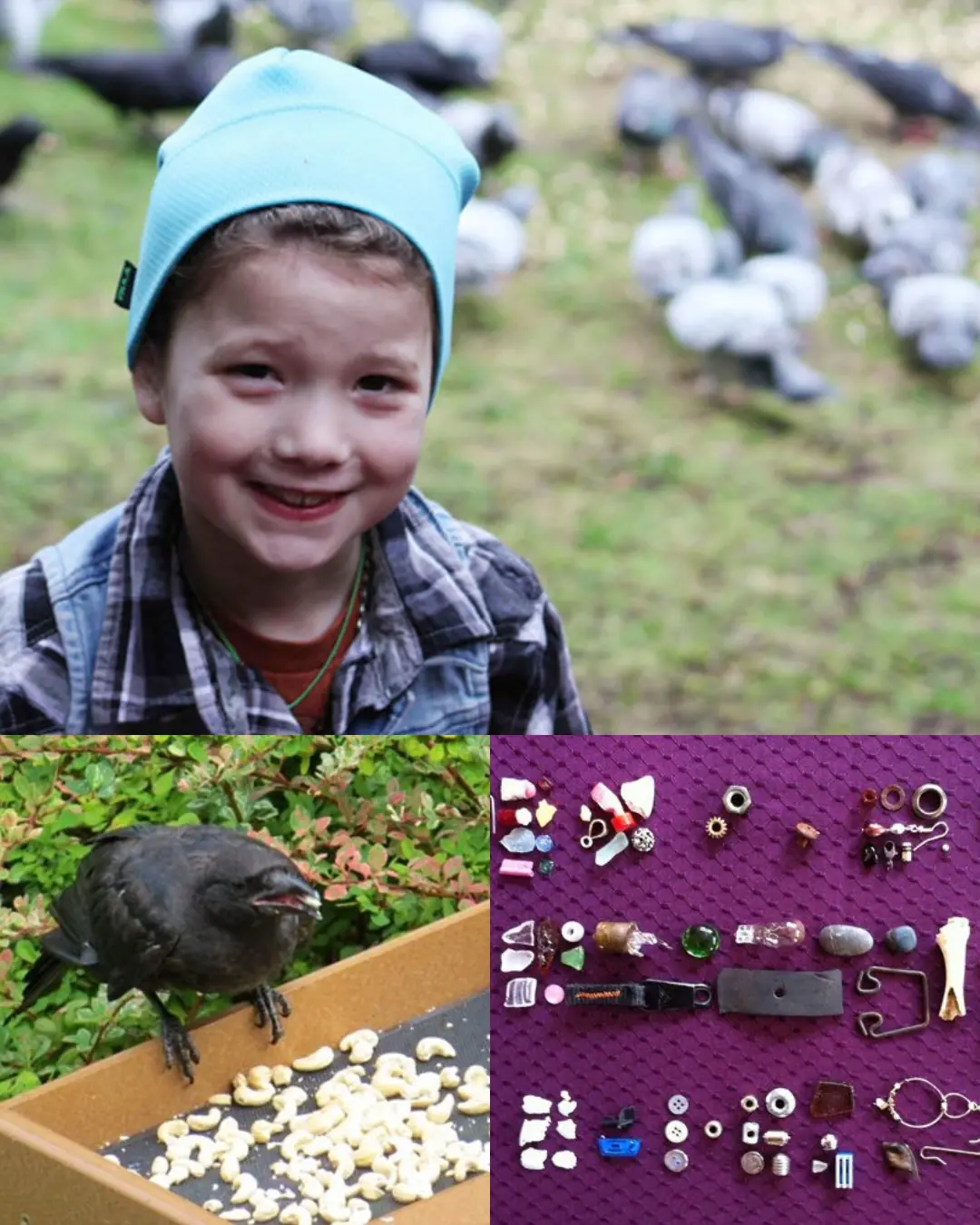
The Little Girl and the Crows.
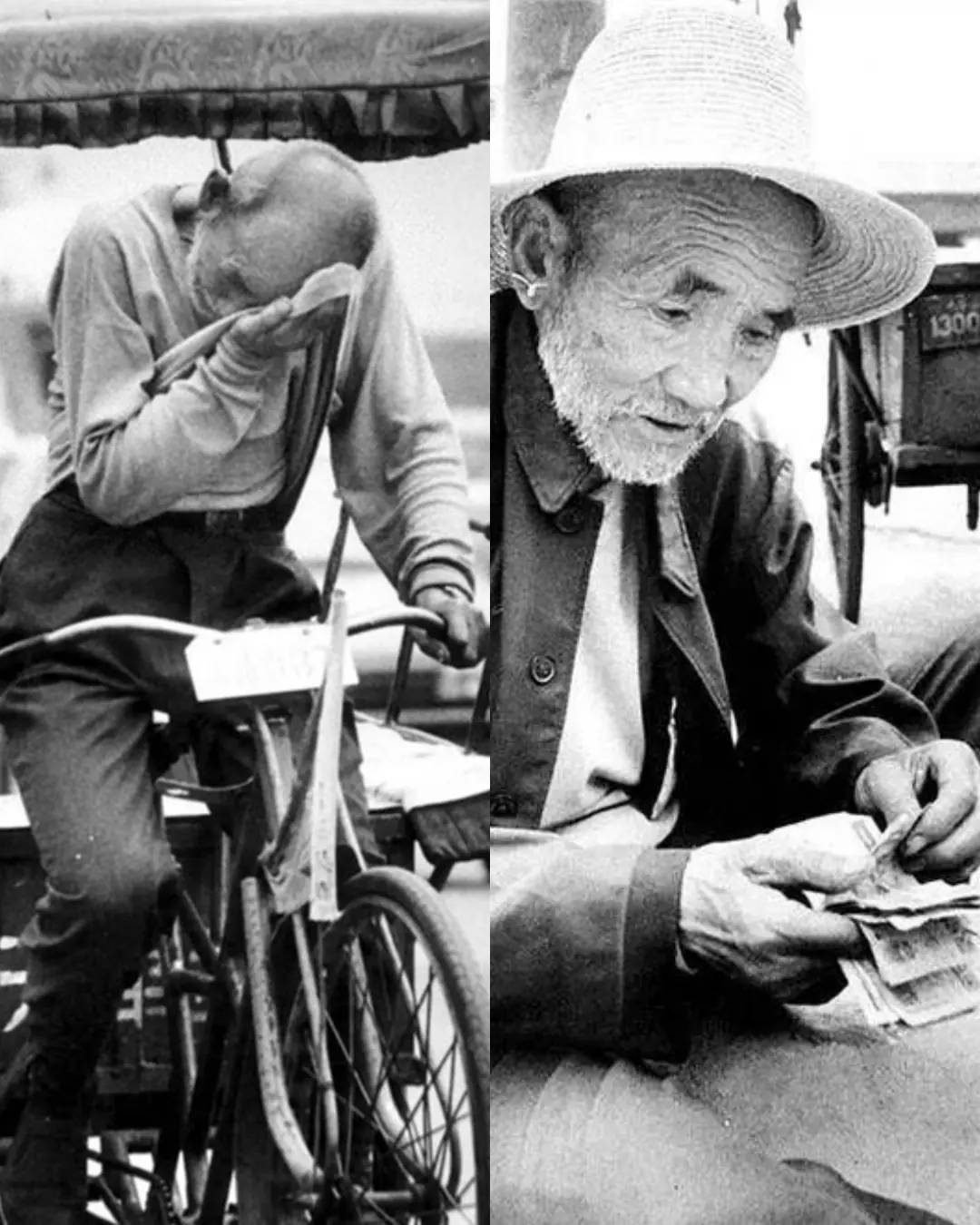
The Rickshaw Driver Who Sent 300 Children to School.

The Girl Who Hugged the Enemy – Normandy, 1944.
News Post

The Powerful Health Benefits of Papaya Seeds: Why You Should Include Them in Your Diet

The Wonderful Hazel Tree (Corylus avellana): Nutrition, Healing, and Traditional Uses of Every Part

Boiling a Whole Avocado: The Secret to Softness, Nutrition, and a Delicious Baked Recipe

The Hidden Healing Power of Papaya Leaves

Sugar Apple (Annona squamosa): A Sweet Fruit with Powerful Health Benefits

If you find a centipede at home, here is what it means...
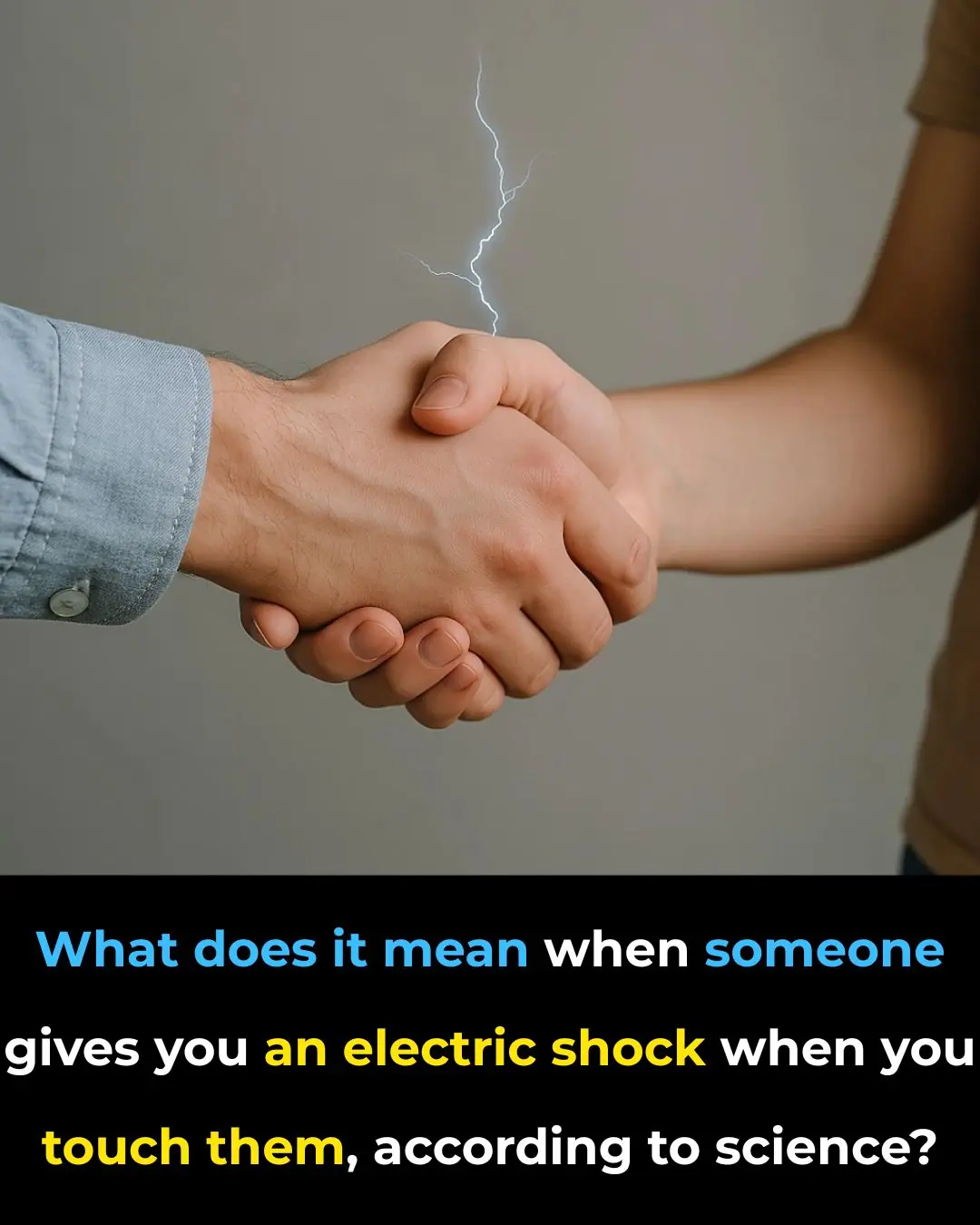
Why We Feel That Little Electric Sh0ck When We Touch Another Person—Science Explains

If a Man Doesn’t Appreciate You, Here’s What You Should Do
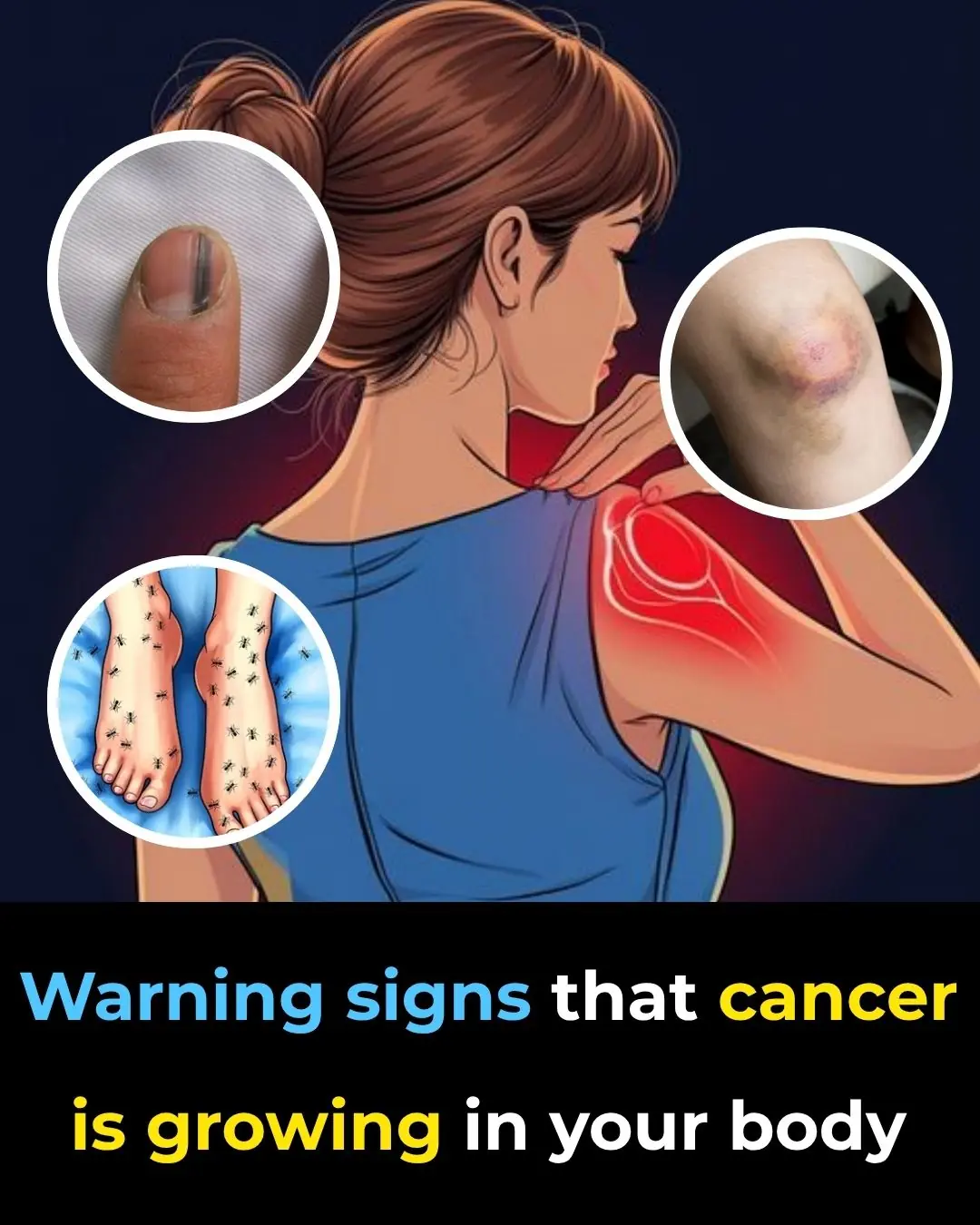
25 Worrying Signs Your Body Is Trying to Warn You of Serious Health Problems (and What to Do About Them)
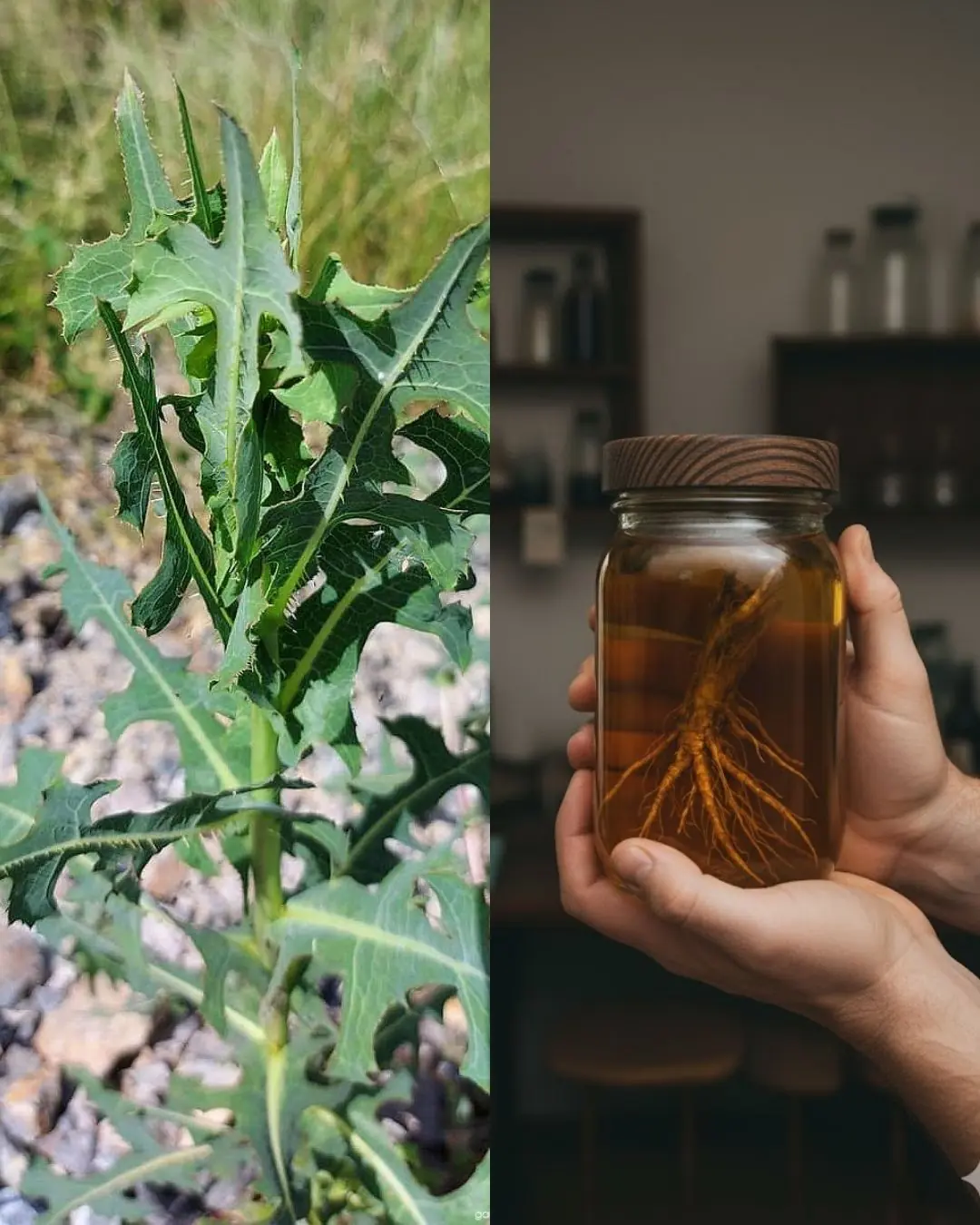
The Hidden Power of Lactuca serriola Root (Prickly Lettuce Root)

Why You Should Stop Waking Up to Urinate
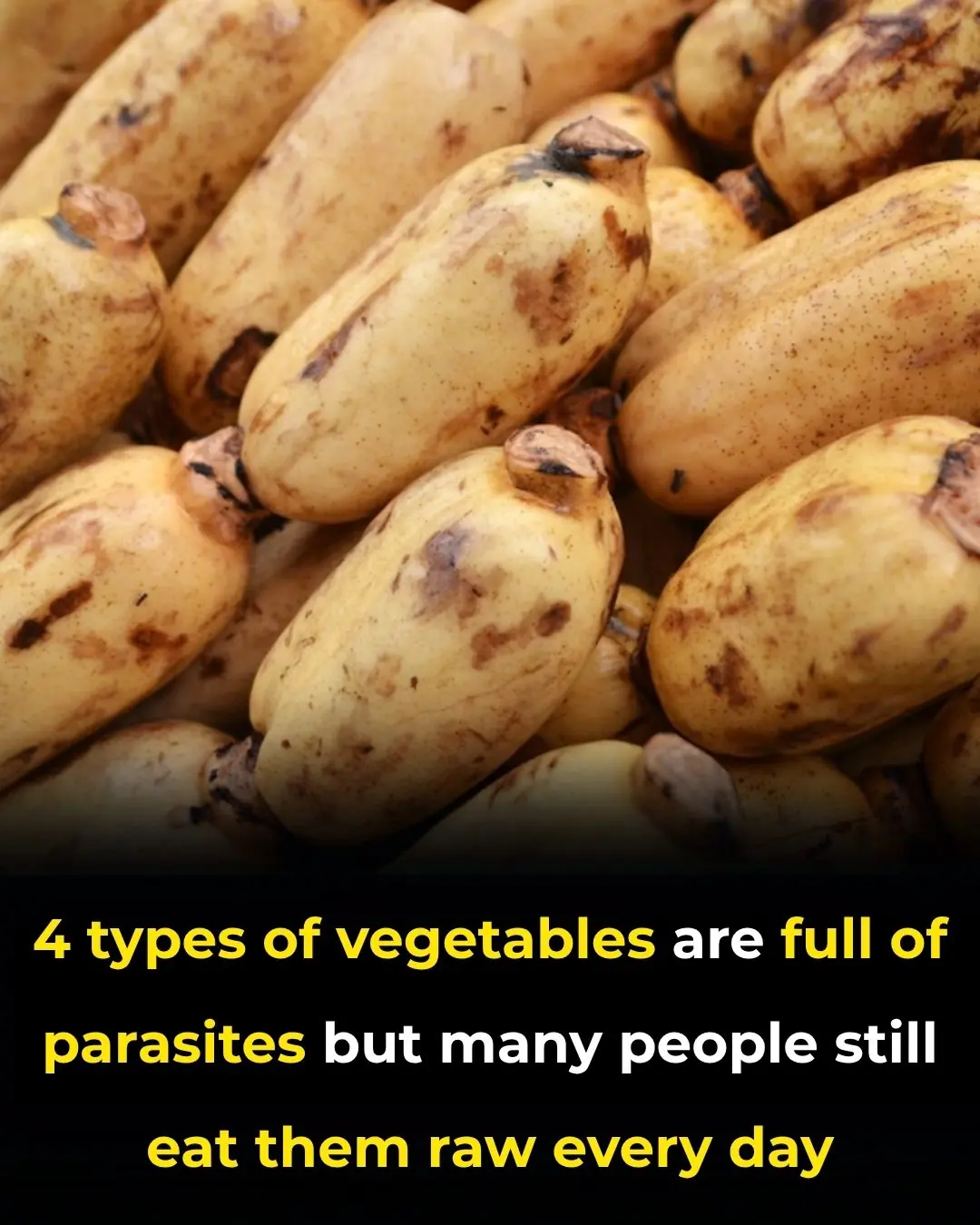
4 types of vegetables are full of parasites but many people still eat them raw every day
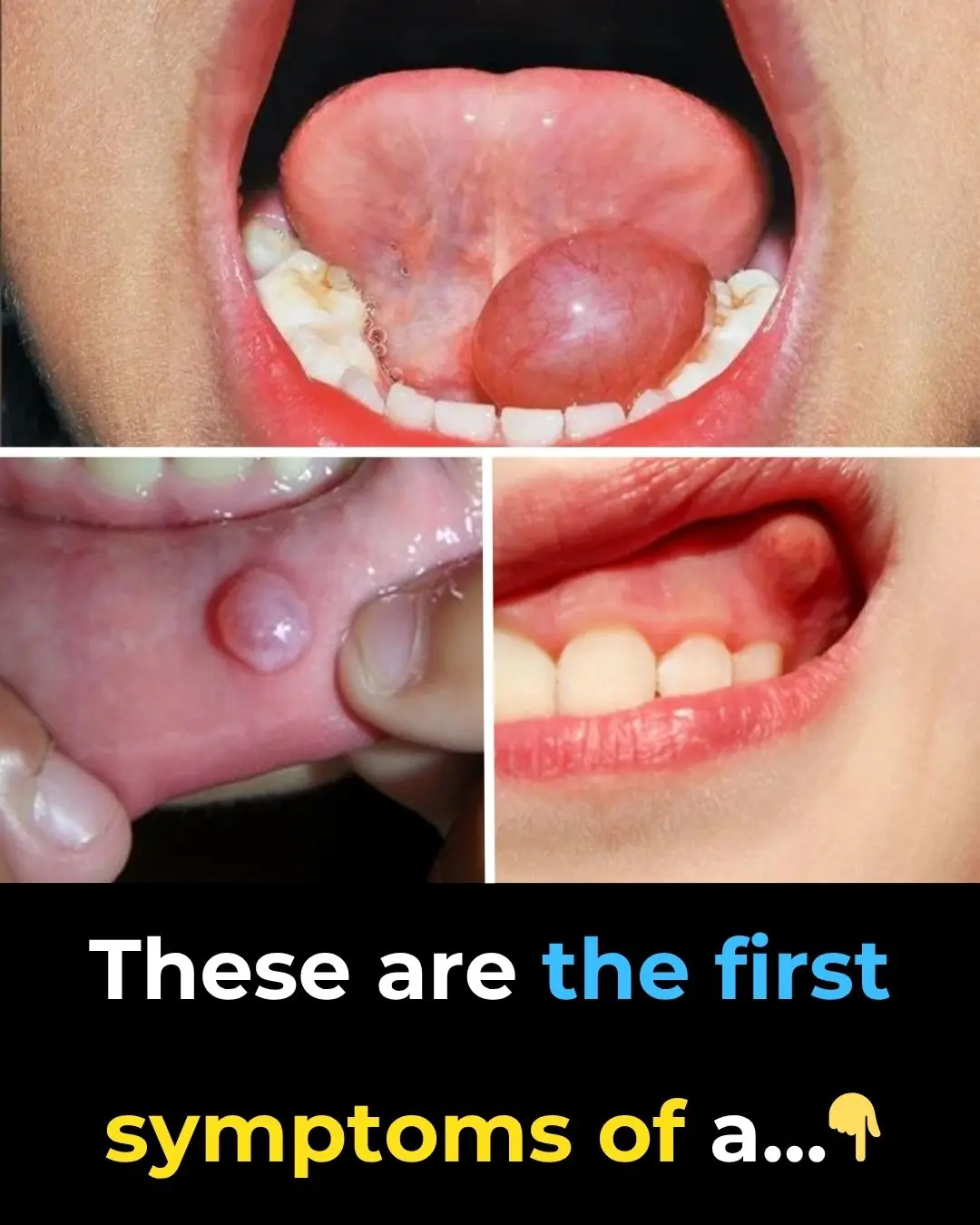
Hidden Dangers in Your Mouth: Early Signs of Oral Cancer

Maple Trees from Root to Crown: A Complete Guide to Every Edible Part
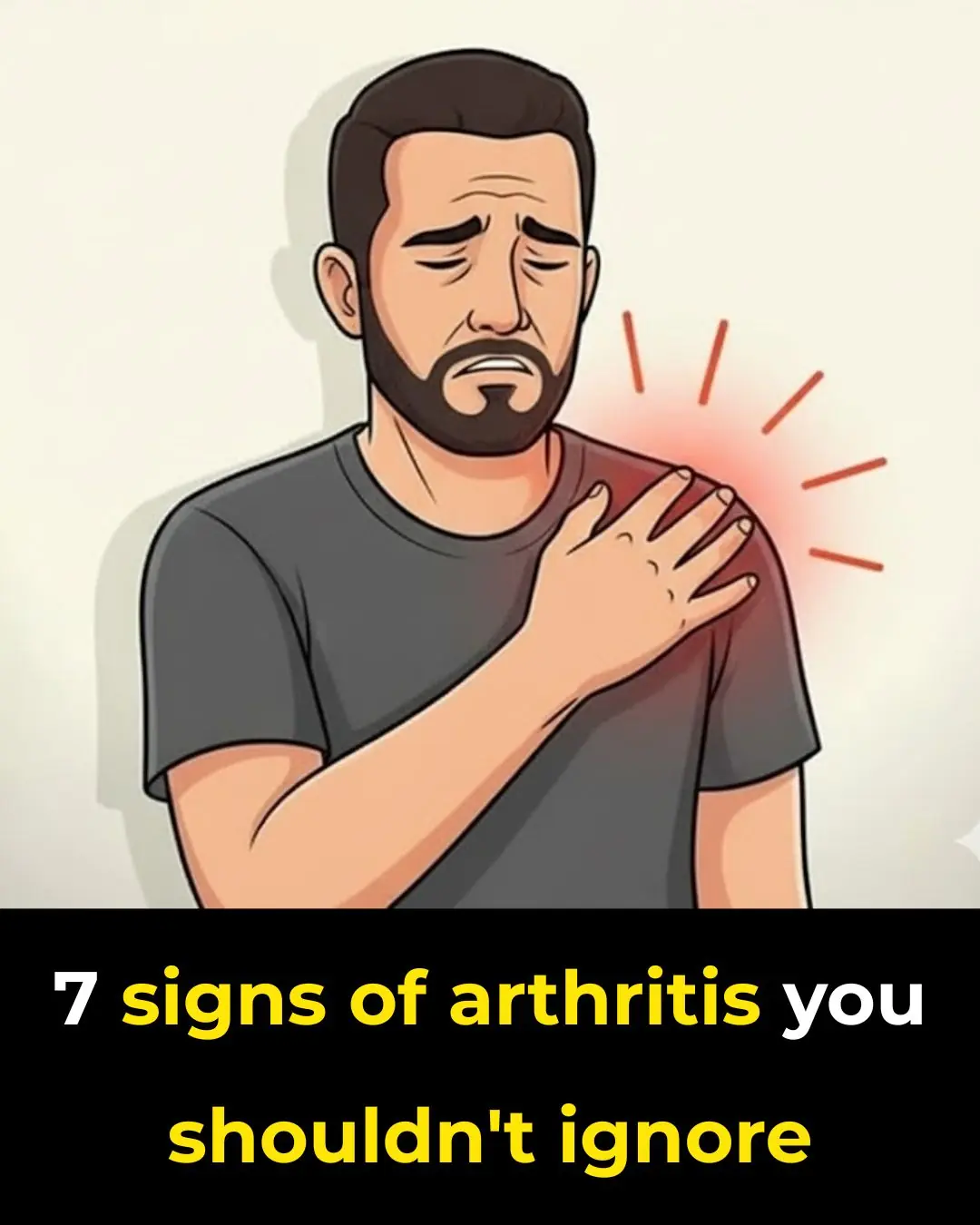
7 Signs of Arthritis You Shouldn't Ignore

California Poppy: Nature’s Gentle Remedy for Relaxation and More

What is its purpose. see details

When a woman stops loving a man, she begins…

5 hygiene mistakes that many people make... but no one dares to talk about...
